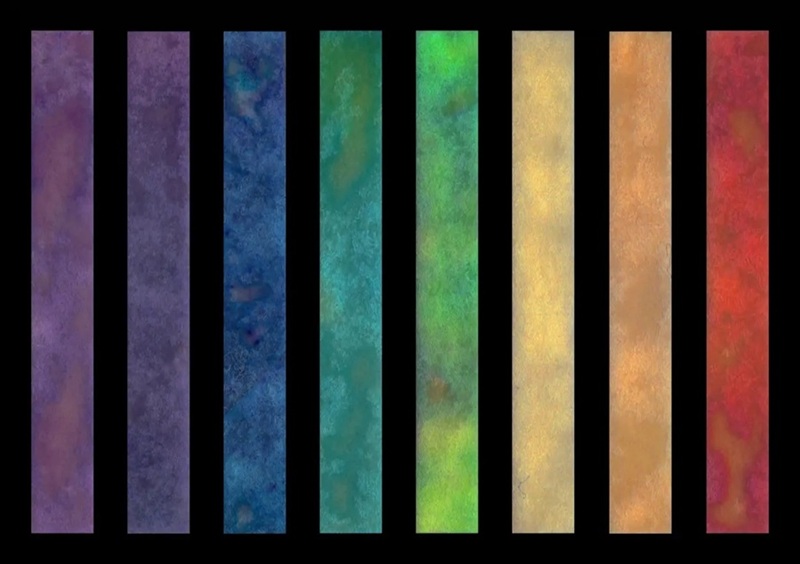Chromogenic MRSA Screening Plate Offers Increased Selectivity and Stability
By LabMedica International staff writers
Posted on 11 May 2009
A new, improved screening plate for methicillin-resistant Staphylococcus aureus (MRSA) combines excellent sensitivity with the simplicity of a chromogenic plate. Posted on 11 May 2009
Screening is an important part of an effective infection control program to limit the spread of MRSA. Colonized patients must be quickly and accurately targeted for isolation and appropriate treatment. Resources should not be wasted on patients who are not colonized.
Media available to screen for MRSA include mannitol salt agar with oxacillin and extra salt, Baird-Parker agar with ciprofloxacin, and bromocresol purple agar with aztreonam and oxacillin. Most of these have problems of sensitivity or specificity, and all require up to 48 hours incubation.
Oxoid's (Basingstoke, UK) original chromogenic MRSA agar overcame these problems. The improved formulation of the new Brilliance MRSA agar utilizes the same novel chromogen to yield a denim blue color as a result of phosphatase activity. This enzyme is present in all MRSA. To allow the medium to differentiate MRSA accurately, it contains a combination of antibacterial compounds designed to inhibit the growth of a wide variety of competitor organisms and methicillin-sensitive S. aureus (MSSA). Compounds that encourage the production of the MRSA pathogenicity marker are also included, ensuring expression of the phosphatase enzyme and providing enhanced sensitivity and specificity.
Brilliance MRSA agar can be inoculated from a screening swab taken from a hospital patient or staff, from an isolated colony, or from a liquid suspension. MRSA grows as denim blue colonies that are very easy to read against the light-colored opaque background. Plates are incubated at 37 ºC, and provide high sensitivity and specificity, with results available in just 18 hours. This allows a rapid response, enabling the patient to receive the most appropriate treatment as early as possible.
Related Links:
Oxoid













